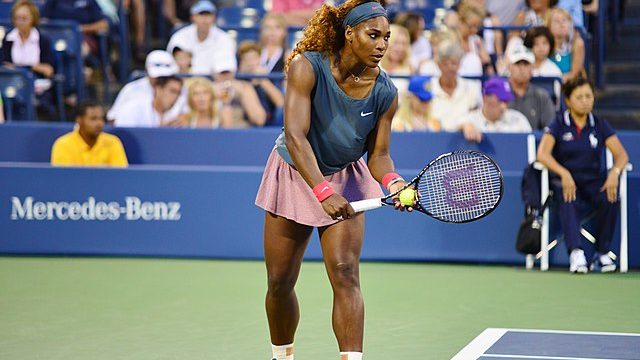iPaulina
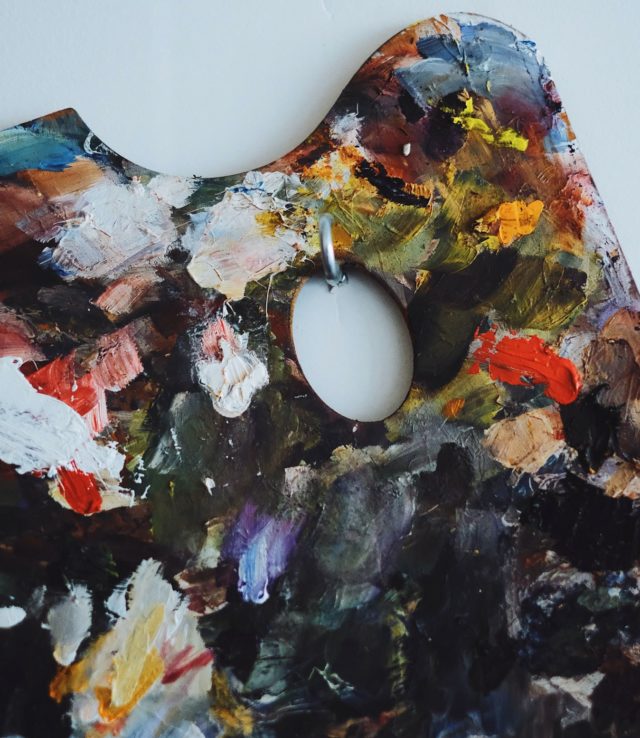
Brazilian Modern Art
100 years after a revolutionary event, it faces a new issue.Just over a century ago, a group of Brazilian artists and writers organised Modern Art Week (Semana de Arte Moderna) in São Paolo’s Municipal Theatre, which was to run from 10 to 17 February 1922. The ‘week’, which consisted of exhibitions, lectures, and recitals, only lasted for three evenings, but many now believe that without it, Brazilian art as we know it may not exist.
Rather than hosting the event in Brazil’s capital, Rio de Janeiro, which would have been the obvious choice, they chose to host the Modern Art Week in Sao Paolo. São Paolo had something subtler to offer the event’s organisers: it was a city that didn’t have a pre-existing culture as strong and prominent as Rio’s, and so could function as a ‘blank slate’ upon which to be experimented. On top of this, São Paolo was developing swiftly, which made it even more suitable for an event that intended to be innovative. Nonetheless, Modern Art Week’s location only hints at why it was to become so important. It conveyed a strong message about Brazil’s place in the modern art world, broadcasting the statement that Brazilian modern art wouldn’t be a ‘bad copy’ of European art, but something new and exciting.
Oswald de Andrade was key in reinforcing this message. He published the Cannibal Manifesto (Manifesto Antropófago) in 1928, six years after Modern Art Week took place. In it, he discussed the paradoxical task that the event had given Brazilian artists: to create a Brazilian culture of Modernist art, when Modernism was a European concept. His answer was “absorption of the sacred enemy. To transform him into a totem.” (Absorção do inimigo sacro. Para transformá-lo em totem.) In saying this, Oswald de Andrade meant that to achieve their aim, Brazilians would have to avoid the mere reproduction of European art, and instead take in the ideas which were already there but develop them and turn them into something original and new.
Over the next hundred years, Brazilian modern art flourished, with many artists emerging and contributing to the growing movement. Right now, however, it is suffering from what one museum director describes as a ‘cultural asphyxia’ coming from Jair Bosonaro’s government. His administration has cut a tax break previously available for private art sponsorship, and public funding has been removed from venues that require proof of vaccination for people to enter. Now, the current generation of artists will have to find a respond to this challenge. They can only hope that they will be as successful as their forerunners, who formed a movement still alive and strong a century after its foundation.
Emilia, LV

What does ‘Don’t Look Up’ tell us about modern-day issues?

A Heart Transplant from Pig to Human?
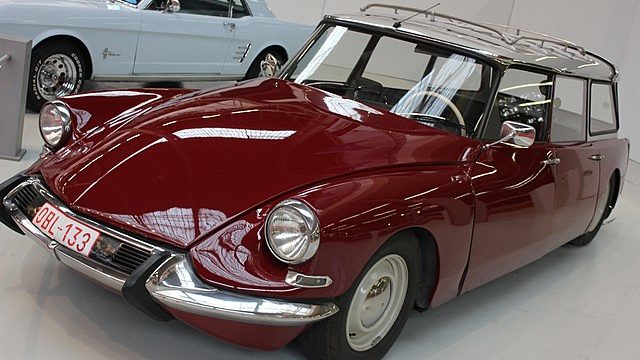
60 seconds with Miss Garcia
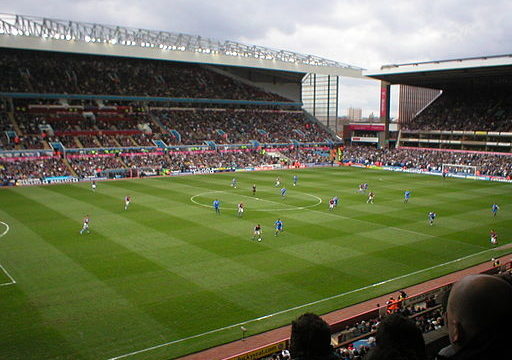
Racism in football and taking the knee
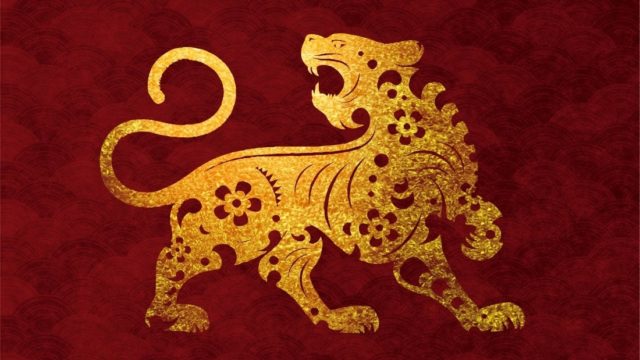
The Second Chinese New Year in Lockdown
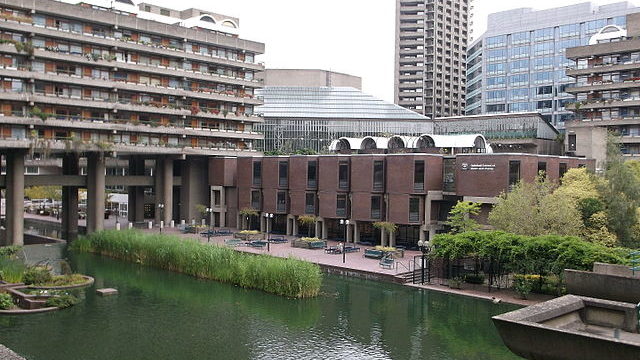
The Noguchi Exhibition
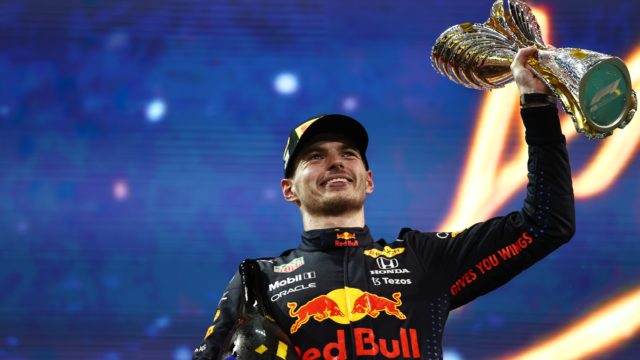
Max Verstappen’s Controversial Championship Win
